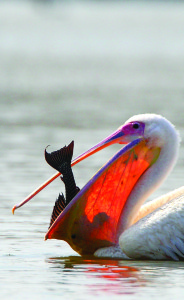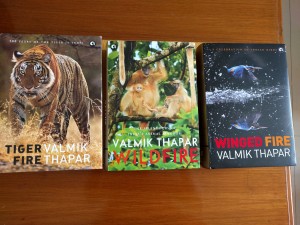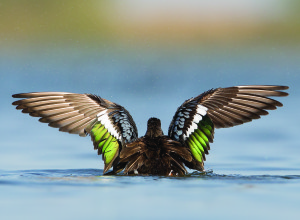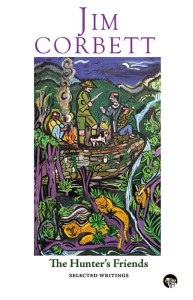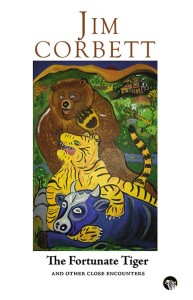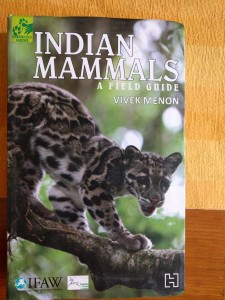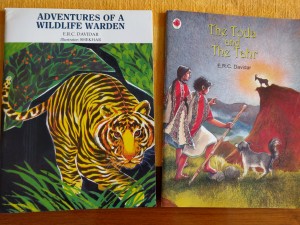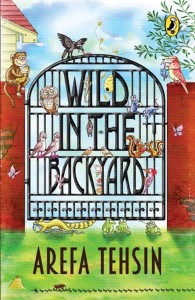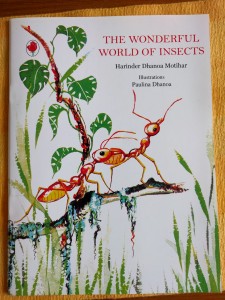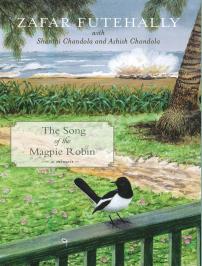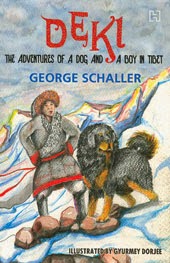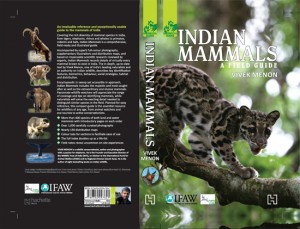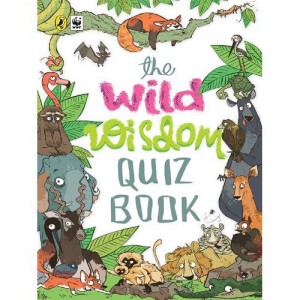Humayun’s Tomb: World Heritage Site by Aga Khan Trust for Culture
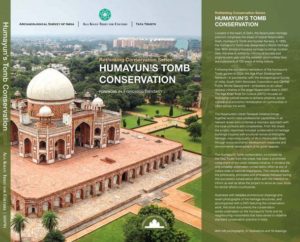 The incredibly beautiful Mughal monument, Humayun’s Tomb, was recently restored by the Aga Khan Trust. The project was carried out in partnership with the Archaeological Survey of India, and supported by the TATA Trusts has not only conserved the monument, but has also aided in the revival of traditional building skills, materials, and techniques. It took many years ( 2008 – 2015) was done with great care under the supervision of Ratish Nanda. Now a book has been published by Mapin India for AKTC documenting the magnificent work done in restoring the monument, a blueprint for the Taj Mahal. Here is a short video and a Facebook clip on the restoration. Discovery Channel and National Geographic too showed a documentary on this path-breaking project. According to the book description:
The incredibly beautiful Mughal monument, Humayun’s Tomb, was recently restored by the Aga Khan Trust. The project was carried out in partnership with the Archaeological Survey of India, and supported by the TATA Trusts has not only conserved the monument, but has also aided in the revival of traditional building skills, materials, and techniques. It took many years ( 2008 – 2015) was done with great care under the supervision of Ratish Nanda. Now a book has been published by Mapin India for AKTC documenting the magnificent work done in restoring the monument, a blueprint for the Taj Mahal. Here is a short video and a Facebook clip on the restoration. Discovery Channel and National Geographic too showed a documentary on this path-breaking project. According to the book description: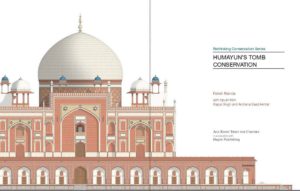
The Humayun’s Tomb-Nizamuddin area, inhabited by a vibrant local community, is visited by millions of tourists and pilgrims each year. Conservation works being undertaken on the monuments in this area have aimed to re-define standard conservation practice in India by setting benchmarks in using a craft-based approach, setting documentation standards, using a participatory and multi-disciplinary 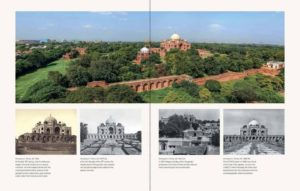 approach, and using the conservation initiative as a tool towards improving quality of life for local communities. This book aims to inform the general public about the discipline of conservation and the rationale behind the successful conservation initiative and makes an argument for change in conservation approach in India: from isolated monuments to an urban approach that includes concern for the setting; from a ‘tender-based’ approach to a quality-concerned method; amongst other factors. Founded and guided by His Highness the Aga Khan, the Aga Khan Trust for Culture projects promote the conservation and re-use of buildings and public spaces in historic cities in ways that can spur social, economic and cultural development.
approach, and using the conservation initiative as a tool towards improving quality of life for local communities. This book aims to inform the general public about the discipline of conservation and the rationale behind the successful conservation initiative and makes an argument for change in conservation approach in India: from isolated monuments to an urban approach that includes concern for the setting; from a ‘tender-based’ approach to a quality-concerned method; amongst other factors. Founded and guided by His Highness the Aga Khan, the Aga Khan Trust for Culture projects promote the conservation and re-use of buildings and public spaces in historic cities in ways that can spur social, economic and cultural development.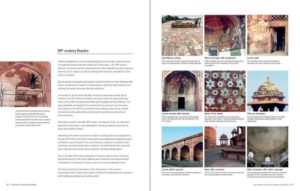
Ratish Nanda has led the multi-disciplinary team implementing the Nizamuddin Urban Renewal Initiative since the project’s inception in 2006. Prior to this, he was responsible for the Bagh-e-Babur restoration and the Humayun’s Tomb garden restoration, also at AKTC.
I interviewed Ratish Nanda ( via email). Here are the excerpts.
- Do you think the 1923 Conservation Manual principles need to be updated? For instance “repairs are carried out, no effort should be spared to save as many parts of the original as possible, since it is to the authenticity of the old parts that practically all the interest attaching to the new will owe itself. Broken or half decayed original work is of infinitely more value than the smartest and most perfect new work.’
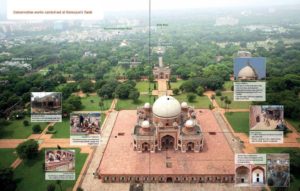 Though updates are continuously expected and have been done with the National Conservation Policy notified in 2014 by the Archaeological Survey of India, Many of the principles of the 1923 manual remain valid – and these have been highlighted in the book. The quote you provide is one such quote the validity of which remains and as such during the Humayun’s Tomb conservation effort every effort was made to ensure that original – Mughal material is retained. For instance the section on tile work illustrates where even tiles that had lost their glaze were retained. As the book explains repeatedly, what was in fact removed were inappropriate 20th century repairs causing damage to the building – such as cement plaster and cement concrete on the roof. This happened because craftsmen were no longer involved as the British replaced them with engineers, architects and archaeologists and nobody knew better.
Though updates are continuously expected and have been done with the National Conservation Policy notified in 2014 by the Archaeological Survey of India, Many of the principles of the 1923 manual remain valid – and these have been highlighted in the book. The quote you provide is one such quote the validity of which remains and as such during the Humayun’s Tomb conservation effort every effort was made to ensure that original – Mughal material is retained. For instance the section on tile work illustrates where even tiles that had lost their glaze were retained. As the book explains repeatedly, what was in fact removed were inappropriate 20th century repairs causing damage to the building – such as cement plaster and cement concrete on the roof. This happened because craftsmen were no longer involved as the British replaced them with engineers, architects and archaeologists and nobody knew better.
- Are there any new principles you would wish to add to the conservation manual? For instance the dos and dont’s of using technology in conservation processes or different ways of documenting? Or do you think the 1923 guidelines are valid even now ?
I think the new National Conservation Policy already addresses new issues such as use of digital technology to 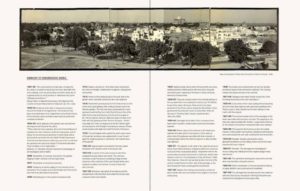 document the entire process of conservation. It should be documented prior to, during and after conservation in maps, drawings, photographs, digital records and field notes so as to create records of interventions. The documentation should capture various stages of intervention and all relevant details. This will be useful from the point of view of understanding all past and current interventions in the future. The revised policy also encourages public private partnership in heritage conservation and management. The restoration of the Humayun’s Tomb is a good example of this as it is a collaboration between AKTC, ASI & TATA Trusts.
document the entire process of conservation. It should be documented prior to, during and after conservation in maps, drawings, photographs, digital records and field notes so as to create records of interventions. The documentation should capture various stages of intervention and all relevant details. This will be useful from the point of view of understanding all past and current interventions in the future. The revised policy also encourages public private partnership in heritage conservation and management. The restoration of the Humayun’s Tomb is a good example of this as it is a collaboration between AKTC, ASI & TATA Trusts.
- How long did this book take to write?
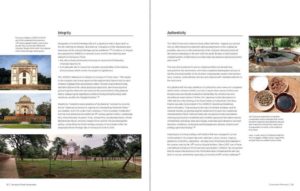 The project has taken over a decade; the book is an attempt to put the project learnings in the public domain as well as explain to interested stakeholders what the conservation process was. This is shared with the belief that both conservation professionals as well as officials, administrators, donors, students (history, architecture, conservation, and archaeology) could use this as a case study/ model and more such projects could be undertaken.
The project has taken over a decade; the book is an attempt to put the project learnings in the public domain as well as explain to interested stakeholders what the conservation process was. This is shared with the belief that both conservation professionals as well as officials, administrators, donors, students (history, architecture, conservation, and archaeology) could use this as a case study/ model and more such projects could be undertaken.
- You have worked on conservation of other historical sites including in Kabul. Why was Humayun’s Tomb singled out for this detailed documentation?
Kabul has also been published. Detailed documentation of the conservation process is best practice. These significant sites belong to the people and its important that anyone interested has access to information on what has been done and how. For instance in Aga Khan Historic Cities Programme: Strategies for Urban Regeneration.
- What is a unique aspect in the conservation of this tomb as opposed to the other monuments you are associated with?
All monuments where conservation works have been undertaken have been treated with the same level of attention. What we have demonstrated is a truly Indian model for conservation based on utilising traditional building crafts, materials and master craftsmen as well as a multi-disciplinary team. This is the first instance in India of a private agency undertaking conservation works which are cofounded by a another private agency – the TATA Trusts
- Are there are conservation techniques that you had to rediscover and have now revived? For instance making of the blue tiles in Nizammudin where you made more than 20,000 samples before selecting the one definite process. Do you think this process of making blue tiles will be revived or exist only as long as the tomb needs it?
We are still making tiles – they are required on at least 40 monuments in the Nizamuddin area as well as several more countrywide. Furthermore it is hoped that the craftsmen will be able to make tiles for the souvenir market as well. The tile-making craft had died in India; its revival has cost a fortune and it is hoped some of the youth will have the initiative to make an industry out of it as there is a significant demand for these tiles – from both conservation purposes and growing demand from the market.
- Is conservation of historical monuments only to be done via brick-and-mortar routine using specialists or does it involve sensitisation programmes particularly among school children? For instance organising workshops, historic walks, screening of documentaries, writing / painting competitions etc.
Awareness is extremely important and this book is one tool towards it. During the conservation effort we have 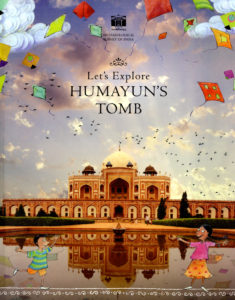 produced other publications – such as the children’s book of which 60,000 copies have been sold till date. Youth from Nizamuddin basti usually walk through 6-7000 school children each year. There is also a very active Facebook page.
produced other publications – such as the children’s book of which 60,000 copies have been sold till date. Youth from Nizamuddin basti usually walk through 6-7000 school children each year. There is also a very active Facebook page.
- Why is it that the Humayun’s Tomb has produced two books — children and adults and none of the other monuments?
We hope to produce more such technical books to serve as case studies. Our objective is to share the knowledge we have generated as part of the project.
- What was the most exciting and most challenging moments in this conservation exercise?
Undertaking India’s first privately undertaken conservation effort has been a challenge as many suspicions have to be addressed and a proper conservation process established. By far the most exciting outcome has been the recent expansion of the Humayun’s Tomb World Heritage site to include 11 additional monuments on which Aga Khan Trust for Culture undertook conservation.
- Were there any portions of the building that were irreparable and beyond conservation?
There are portions of the building where the original treatment had been lost – such as the tomb chamber – where until the mid-20th century the walls were tiled and the dome gilded – here, with the lack of evidence, conservation effort could not restore the original builders intention. Also the lack of historical accounts that either document or hint at this process are not enough to justify restoration. Conservationists need in-situ or clear photographic evidence to emulate the processes.
- What are the learnings from this conservation programme? Are any of these applicable in other conservation projects in India and rest of the world?
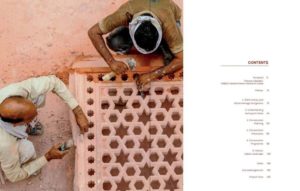 The book lists all the learnings – established that craftsmen need to be in the centre of the conservation effort; conservation is as much responsibility of the private sector as of government; conservation decisions should be based on an understanding of the site and its significance. The conservation process established – including repeated independent peer reviews – is replicable for any project, anywhere in the country or beyond. Also, we must document all such efforts and explain the rationale for these in a written statement. Something that will explain the condition of the monument, the rational for conservation works and outlines the process followed.
The book lists all the learnings – established that craftsmen need to be in the centre of the conservation effort; conservation is as much responsibility of the private sector as of government; conservation decisions should be based on an understanding of the site and its significance. The conservation process established – including repeated independent peer reviews – is replicable for any project, anywhere in the country or beyond. Also, we must document all such efforts and explain the rationale for these in a written statement. Something that will explain the condition of the monument, the rational for conservation works and outlines the process followed.
- What next?
We remain available to assist the Government of India wherever they would like us to support an urban conservation effort.
11 April 2017


